Alfred Ajayi
Nigeria is bracing for widespread flooding in 2025 as the Federal Government and key Ministries Departments and Agencies unveil urgent warnings and preparedness plans. The 2025 Annual Flood Outlook (AFO), launched in Abuja, projects high flood risks across the entire nation, with implications for every state.
At the AFO presentation on May 9, the Minister of Water Resources and Sanitation, Prof. Joseph Terlumun Utsev, revealed that 1,249 communities across 176 Local Government Areas (LGAs) in 33 states and the Federal Capital Territory (FCT) are at high risk, with 2,187 communities in 293 LGAs in 31 states and FCT at moderate risk.
High-risk states span the North, South, and coastal areas—ranging from Abia, Anambra, Bayelsa, Lagos, to Rivers—and even extend to traditionally drier regions. NIHSA’s community-based seasonal model outlines three key periods.
According to the outlook, 657 communities in 52 local government areas face high flood risk between April and June. 544 communities in 142 LGAs face similar threat between July and September with 484 other communities in 56 LGAs facing same threat between October and November.
NiMet had earlier warned of early rainfall in coastal regions like Lagos, Ogun, Delta, Rivers, and Anambra followed by high-intensity rainfall in May–June severe enough to trigger flash floods.
Preparedness and mitigation strategy
The Minister of Water Resources and Sanitation, Prof. Joseph Utsev’s call for a shift in NIHSA’s forecasting at the official presentation of the 2025 AFO in Abuja was apt. The Minister stressed the necessity of targeting the forecasts at protecting “lives, property, agriculture, and infrastructure”.
Utsev also urged stakeholders to support government efforts in building flood-resilient communities and affirming the Federal Government’s commitment to proactive flood management.
NIHSA’s Director-General, Umar Ibrahim Mohammed, noted that the detailed analysis provides “actionable insights for policymakers and disaster managers,” emphasizing inter-agency cooperation and technological innovation.
NEMA’s DG, Mrs. Zubaida Umar, had during a stakeholders’ forum on 2025 Flood Risk Management in Abuja, warned against complacency and urged multi-sectoral coordination that leverages NiMet’s seasonal climate prediction. She said, “We need to understand what happened, why it happened… to enhance our performance.”
In response to rainfall outlook and flood predictions, relevant MDAs especially of the federal and state levels have been making efforts to prevent losses. The Federal Government has rolled out several critical interventions including a National Flood Insurance Programme, piloted in Kogi and Jigawa states.
There are also the Integrated Climate Resilience Innovation Project, Niger Flood Project targeted at enhanced water control infrastructure. Federal Govenrment announced a National Flood Awareness Campaign in April to kick off in May targeting communities in FCT, Lagos, and other high-risk areas. The aim is to improve grassroots readiness.
Measures by states
States and LGAs especially those heavily impacted by flooding in recent years have started sounding the alarm and taking the warning down to the grassroots particularly flood-prone communities. For instance, Japan donated advanced GPS-based flood-warning equipment to Anambra, boosting real-time monitoring capabilities.
At the February 28, 2025 executive council meeting, Governor Soludo’s administration approved flood-control works such as drain reclamation, gully stabilization among others. Collaborating with local councils, NEMA conducted public awareness sessions in Nzam, one of the highest risk communities warning residents to clear drains, identify evacuation routes, and unite in flood preparedness.
A statewide early-warning sensitization,a joint event between NEMA and SEMA, held in Awka with NEMA DG, Zubaida Umar, urging community leaders and youth to support early-warning systems, drain desilting, and proactive flood prevention.
In Lagos State, government has started infrastructure upgrades and urban regeneration with comprehensive drainage overhaul on Lagos Island, targeting flood-prone districts like Adeniji, Oroyinyin, Idumagbo, Ojo Giwa, Jankara, Aroloya, Binuyo, and Okoya Street. This includes raising roads, building new drainage, and major urban regeneration works.
An Emergency Flood Response Team is in place with full resourcing and deployment of Emergency Flood Abatement Gang (EFAG). The Commissioner for Environment and Water Resources, Tokunbo Wahab, affirmed that they have been “empowered to operate throughout the year”.
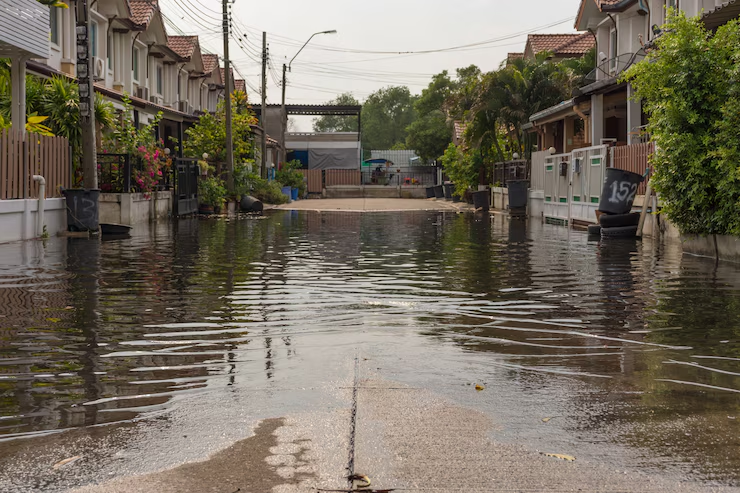
The Office of Drainage Services, in collaboration with NiMet, is issuing weather advisories and early-warning alerts to sectors like agriculture, water resources, transportation, health, construction, among others. Also, the state government has deployed automatic weather stations and river gauge stations to improve real-time flood monitoring.
Also, a year-round drainage maintenance program now includes scheduled desilting, clearing, and enforcement against waste in waterways. The state government has already sealed illegal structures and demolished shanties obstructing drain around King Ado High School. It also reopened compliant markets like Ketu Perishable market after sanitation improvements.
Above all, Lagos is working with NiMet, LAWMA, LASEMA, LASWA, and the Ministry of Water Resources to coordinate flood response while the it is also developing a Flood Resilience Finance Framework alongside FSD Africa. The objective is to promote flood-resistant infrastructure and disaster risk financing, including insurance.
Government must be decisive
While these flood mitigation measures at the federal and state levels are appreciable, the recent flood disaster in Mokwa, Niger State leaving over 200 dead, compels that preparatory efforts. must be comprehensive and all-encompassing.
All tiers of government including the local councils must be deliberate and decisive ensuring that all mitigation measures are inadequate to contain the impending disaster across the 33 states of the federation covered by AFO.
There is need to strengthen early warning and communication through localized early warning systems like installation of flood sirens, real-time SMS/IVR alerts in vulnerable communities using local languages.
Integrating traditional and digital methods of information dissemination using town criers, religious groups, and community radio alongside apps and NIMET/NEMA platforms will be impactful. Nigerians especially those in LGAs and communities prone to flooding must have access to climate data such as flood risk maps, rainfall predictions, and evacuation routes.
Government must be more stringent in enforcing urban and environmental regulations such as construction on flood plains and wetlands, especially in cities. Government must insist on mandatory Environmental Impact Assessments (EIAs) for all major public and private developments.
Community-Based Flood Risk Management is equally key for success. It will be productive to train and empower Community Emergency Response Teams (CERTs) to evacuate as well as administer first aid and response protocols.
There is need to establish and maintain community flood shelters and to stock with food, bedding, medicines, and clean water. Schools, markets, and religious centres should periodically conduct flood drills and simulations.
Importantly government must upgrade stormwater drainage systems, especially in flood-prone cities. There is the compelling need to construct retention ponds, levees, and embankments to reduce water flow into vulnerable areas. Government in partnership with Non-Governmental Organizations must promote flood-resilient architecture such as elevated structures, permeable pavements, and green roofs.
Mainstreaming flood risk into development planning
It is also useful to mainstream flood risk in development planning. This means flood risk assessments guiding land use and physical planning policies at the state and LGA levels. Also strongly recommended is climate-resilient agriculture through the promotion of early-maturing crop varieties and shifting planting calendars based on NiMet predictions.
It is necessary to deliberately extend the National Flood Insurance Programme (NFIP) to vulnerable households and smallholder farmers to help them to recover quickly from the effects of the disaster.
It is equally sacrosanct to strengthen institutional coordination to avoid duplication in the roles of NEMA, SEMA, NiMet, NIHSA, and LGAs. This will also ensure quick, coordinated response to incidents. Beyond funding emergency relief, government should dedicate budget lines for flood prevention and response.
Engaging CSOs, traditional institutions and community-based organizations in flood monitoring and response planning ensures that the people own the efforts and protect them from corrupt manipulations of the past.
Also important is the need to monitor and evaluate implementation. Performance benchmarks for flood mitigation projects should be set with independent audits and citizen feedback to ensure transparency and accountability. There should be annual flood resilience scorecards for each state to track improvements.
Technology and innovation must be deployed in mitigating flooding by deploying satellite and drone mapping to monitor flood-prone areas and assess post-flood damages. AI and predictive models are also available for real-time flood forecasting and risk analysis while local officials should be armed with mobile apps and dashboards to monitor flood alerts and coordinate relief logistics.


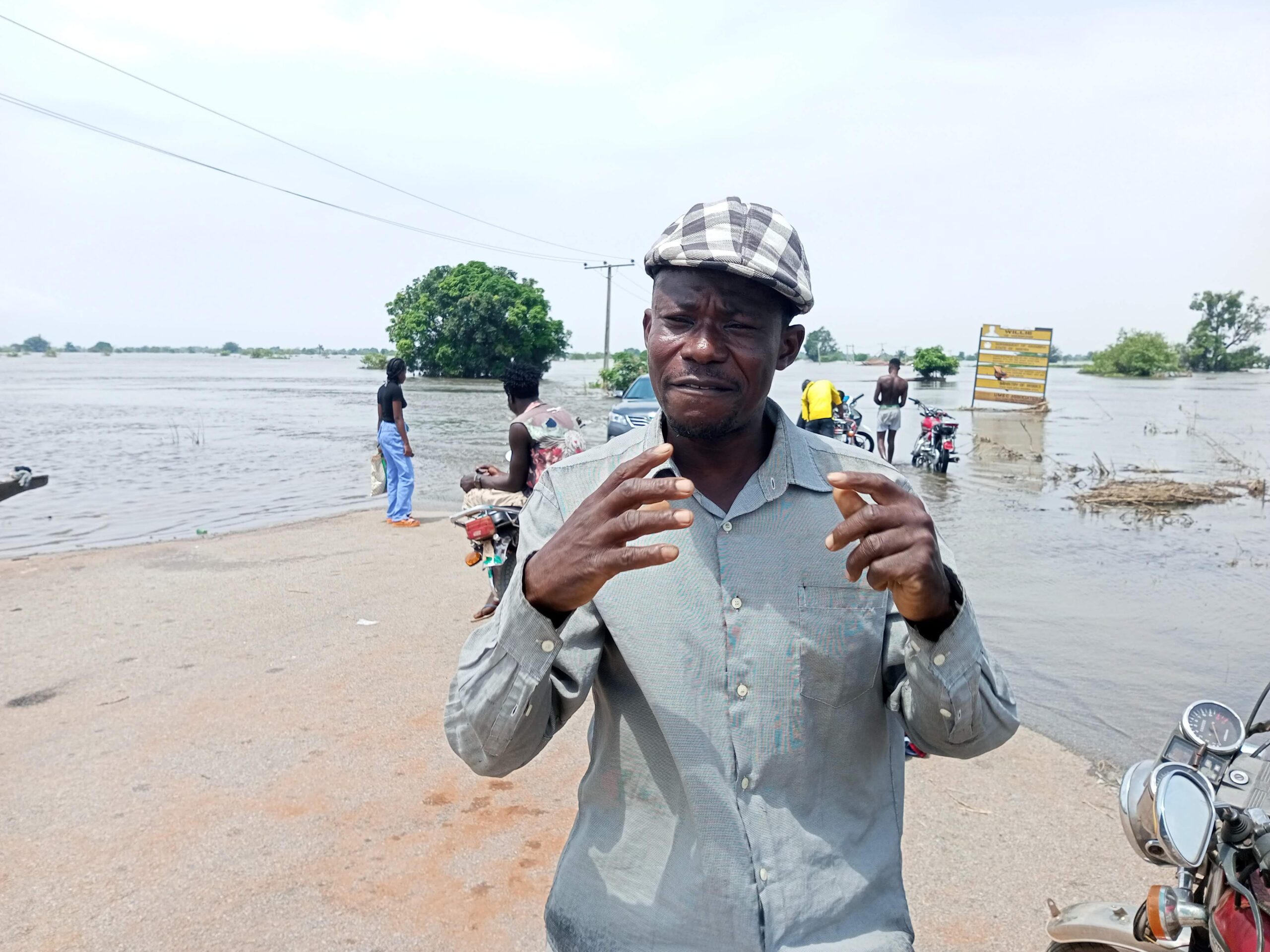
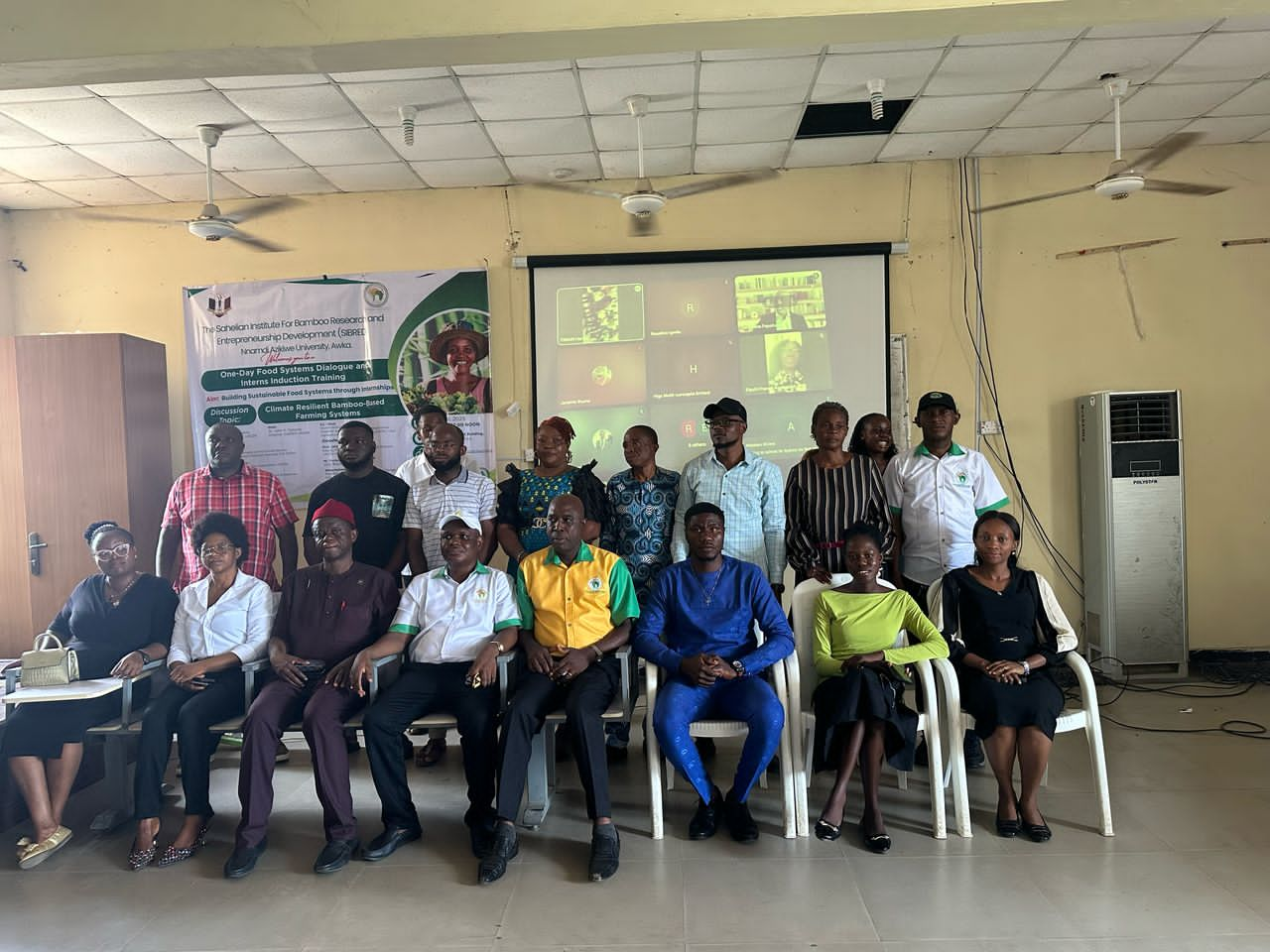
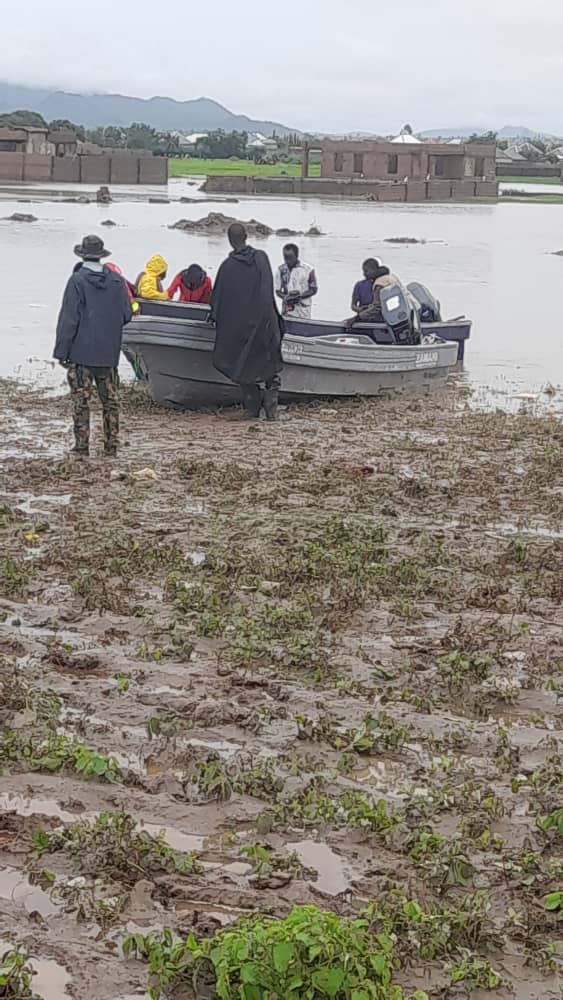
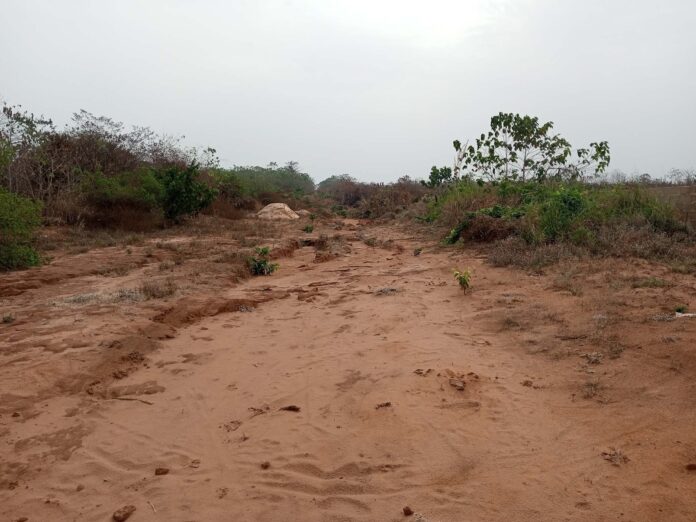
This is a very informative and detailed report on the flood risk situation across Nigeria. It’s concerning to see so many communities at high and moderate risk, especially in both coastal and traditionally drier regions. The Minister’s call for a shift in forecasting and proactive flood management is commendable, but I wonder how quickly these measures can be implemented. The emphasis on inter-agency cooperation and technological innovation is crucial, but are there enough resources and political will to make this a reality? It’s also good to see community leaders being involved, but how can we ensure that the information reaches every household in these vulnerable areas? Overall, the report highlights the urgency of the situation, but I’m curious—what specific steps are being taken right now to protect these communities before the next flood season?
Thanks for your assessment of the report. You have raised some germane issues which need prompt responses in practical terms. Collective responsibility and vigilance will also help a great deal with everyone doing his or her bid. Above, government must be made to do all it’s expected to do. CSOs, CBOs, the media etc must all be alive to their responsibilities. Once again, thanks for the engagement.